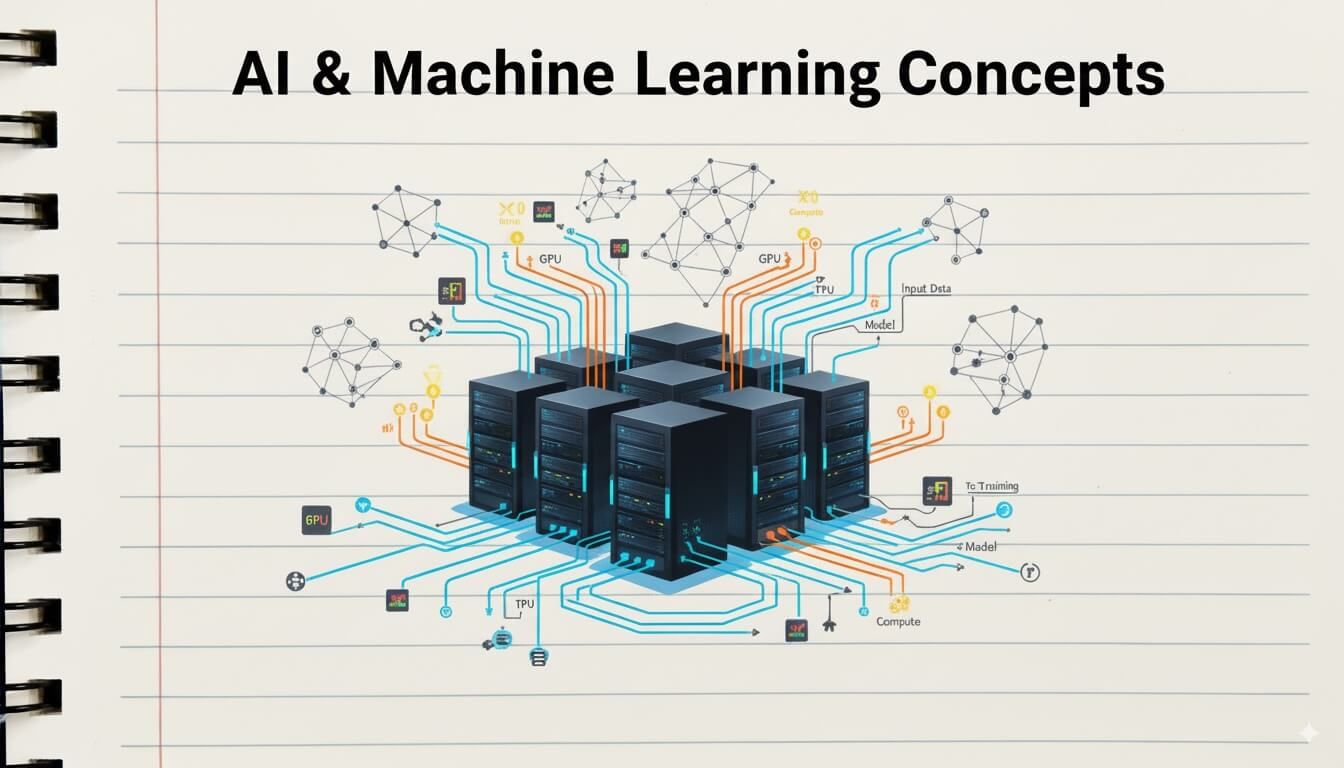What Is AI Model Quantization? Run Big Models on Small GPUs
· Travis Rodgers · 3 min read
If you’ve ever looked at a model on Hugging Face and thought:
“Wow, that 30B parameter model looks amazing… but I don’t have an $80,000 GPU to run it.”

Well, you’re not the only one.
This is where quantization comes in. It’s a technique that makes it possible for homelabbers, developers, etc. to run huge AI models on everyday consumer GPUs without spending enterprise money.
What Is Quantization?
At its core, quantization is a way of compressing a model by reducing the precision of its weights.
Most AI models are trained using 16-bit or 32-bit floating point numbers.
Quantization reduces these weights to 8-bit or even 4-bit integers.
The model shrinks dramatically in size while still keeping most of its intelligence intact.
Why Quantization Matters
For homelabbers, the biggest bottleneck is usually GPU VRAM.
A 30B model in full precision might require ~80GB of VRAM.
However, With 4-bit quantization, that same model could fit into ~20GB — small enough for a single RTX 3090 or 4090.
This means you don’t need enterprise hardware to experiment with cutting-edge AI models at home.
Benefits of Quantization
1. You can run bigger models on consumer GPU
- Without quantization: You’re stuck with 7B–13B models.
- With 4-bit quantization: You can push into 30B+ territory on hardware you already own.
2. Lower memory footprint
- Shrinks disk space and RAM usage by up to 4×.
- Makes downloading and storing multiple models practical, even on a homelab server.
3. Cost savings
- No need to rent expensive cloud GPUs for experimentation.
- Avoids the $10k+ investment in workstation-class GPUs.
4. Still high quality
- Accuracy drops slightly, but for most use cases (chatbots, coding, research), the difference is negligible.
- You keep 90–95% of the performance at a fraction of the resource cost.
But…there are tradeoffs, right?
Of course.
Quantization isn’t free magic — there are a couple of downsides:
- Slight accuracy loss: The model may lose subtle nuances.
- Occasional latency increase: It takes a little extra compute to unpack quantized weights.
But in practice, most homelabbers find the benefits far outweigh these small tradeoffs.
How to get started
Look for quantized model files on Hugging Face or other repos. They’re often labeled with
GPTQ,GGUF, orAWQ.Pick the right bit-width for your GPU:
- 8-bit: Safe, higher quality.
- 4-bit: Best for squeezing large models onto consumer cards.
Use frameworks like llama.cpp, text-generation-webui, or Ollama to run them locally.
Conclusion
Quantization makes big AI models accessible to everyone.
Instead of paying for enterprise-grade GPUs or expensive cloud compute, homelabbers can use 4-bit or 8-bit quantized models to unlock the power of 30B+ parameter LLMs right from their desktop.
If you’re experimenting at home, always check for quantized versions. They will give you the best balance of performance, quality, and affordability.
This page may contain affiliate links. Please see my affiliate disclaimer for more info.



